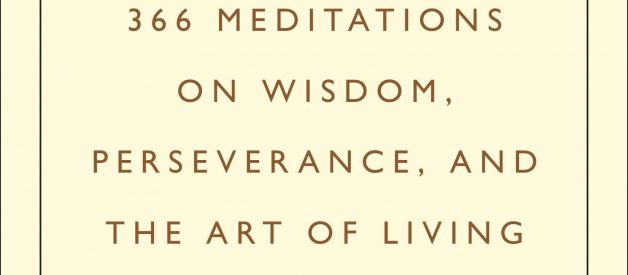Modern introductions to Stoic philosophy as a way of life
According to Amazon.com, these are the five bestselling books on modern Stoicism. They?re all popular introductory texts rather than academic ones. I?ve not included the ancient primary sources, the most widely-read of which are The Meditations of Marcus Aurelius, The Moral Letters (to Lucilius) of Seneca, and The Discourses and Handbook of Epictetus.
I usually suggest reading The Meditations first and then the Handbook of Epictetus. However, if you want to learn about modern Stoicism, apart from reading the classics, I?d recommend taking a look at all five of the titles below.
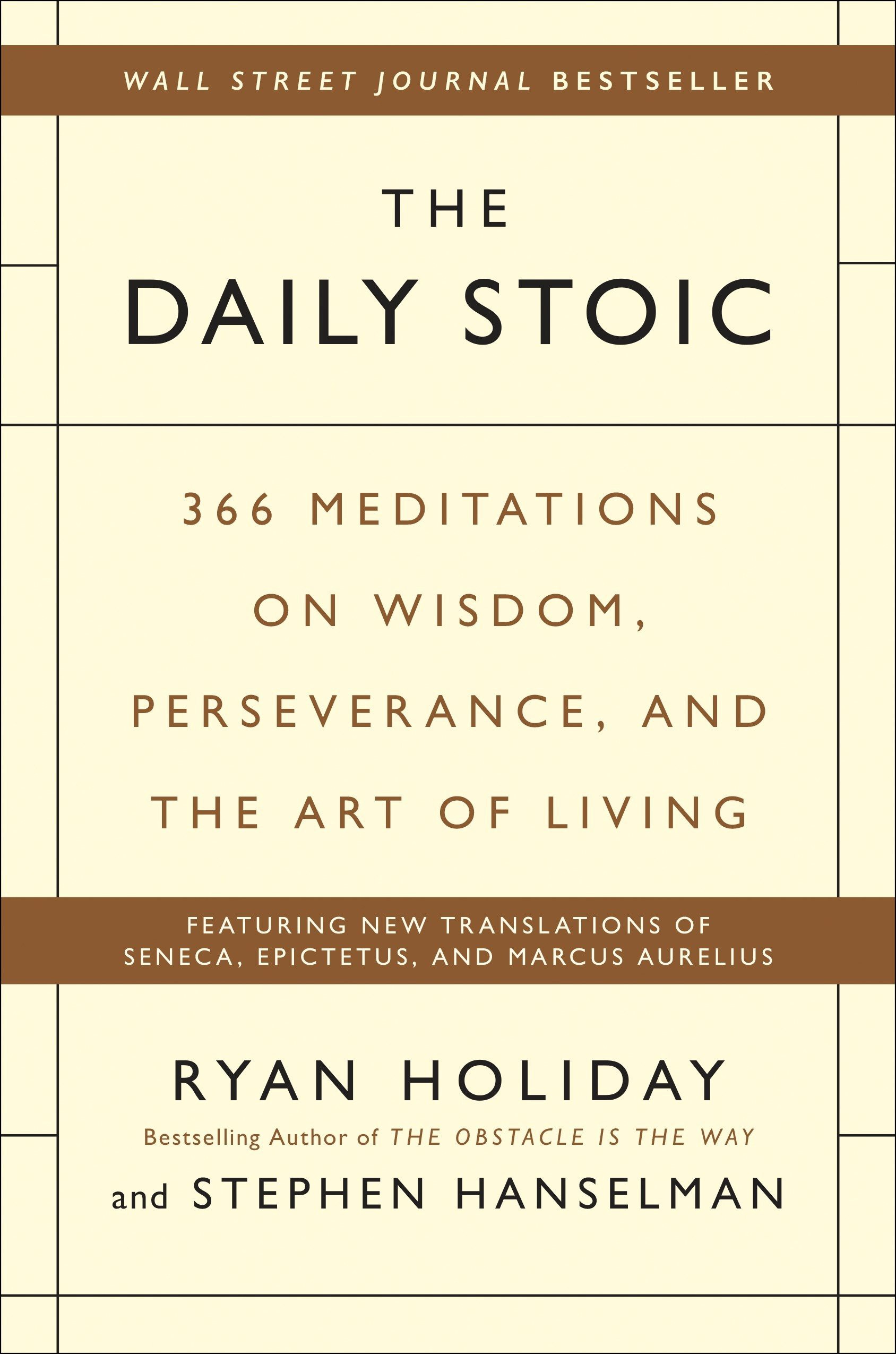
1. The Daily Stoic: 366 Meditations on Wisdom, Perseverance, and the Art of Living (2016) by Ryan Holiday and Stephen Hanselman
This is certainly the most popular book currently available on Stoicism. It consists of short daily readings, which can be studied over the course of a year.
Hanselman has provided many original translations of ancient Stoic sources, including some lesser known ones. There are several gems from the Stoic sayings of Zeno, and from the often-overlooked plays of Seneca.Holiday provides daily reflections and commentary on the passages quoted.
Each month is assigned a different theme, with daily readings on its different aspects. It also serves therefore as a convenient introduction to some of the most important passages in the ancient Stoic writings themselves, as well as provide a resource for modern day practice and contemplation. There?s also a popular Daily Stoic Journal, companion text. The Daily Stoic on Amazon
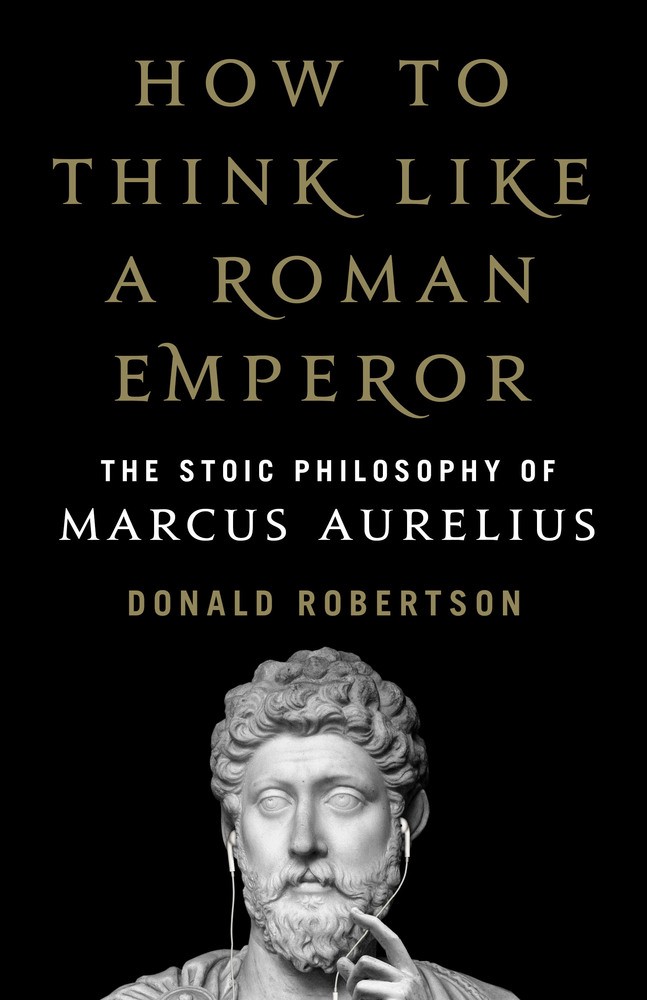
2. How to Think Like a Roman Emperor: The Stoic Philosophy of Marcus Aurelius (2019) by Donald Robertson
This was my own fourth book on Stoicism. It tells the story of Emperor Marcus Aurelius? life, drawing on the surviving Roman histories of his reign, interweaving anecdotes about his life with examples of his use of Stoic philosophy as a way of coping with various emotional challenges.
These include conquering bad habits and unhealthy desires, coping with pain and illness, managing anger, overcoming fear, and dealing with loss and the consciousness of our own mortality ? each the topic of a separate chapter in the book.
I also drew on my background as a cognitive-behavioural psychotherapist to explore how ancient Stoic techniques could be used today in a manner informed by modern scientific research in the field of psychology and clinical practices in psychotherapy. How to Think Like a Roman Emperor on Amazon
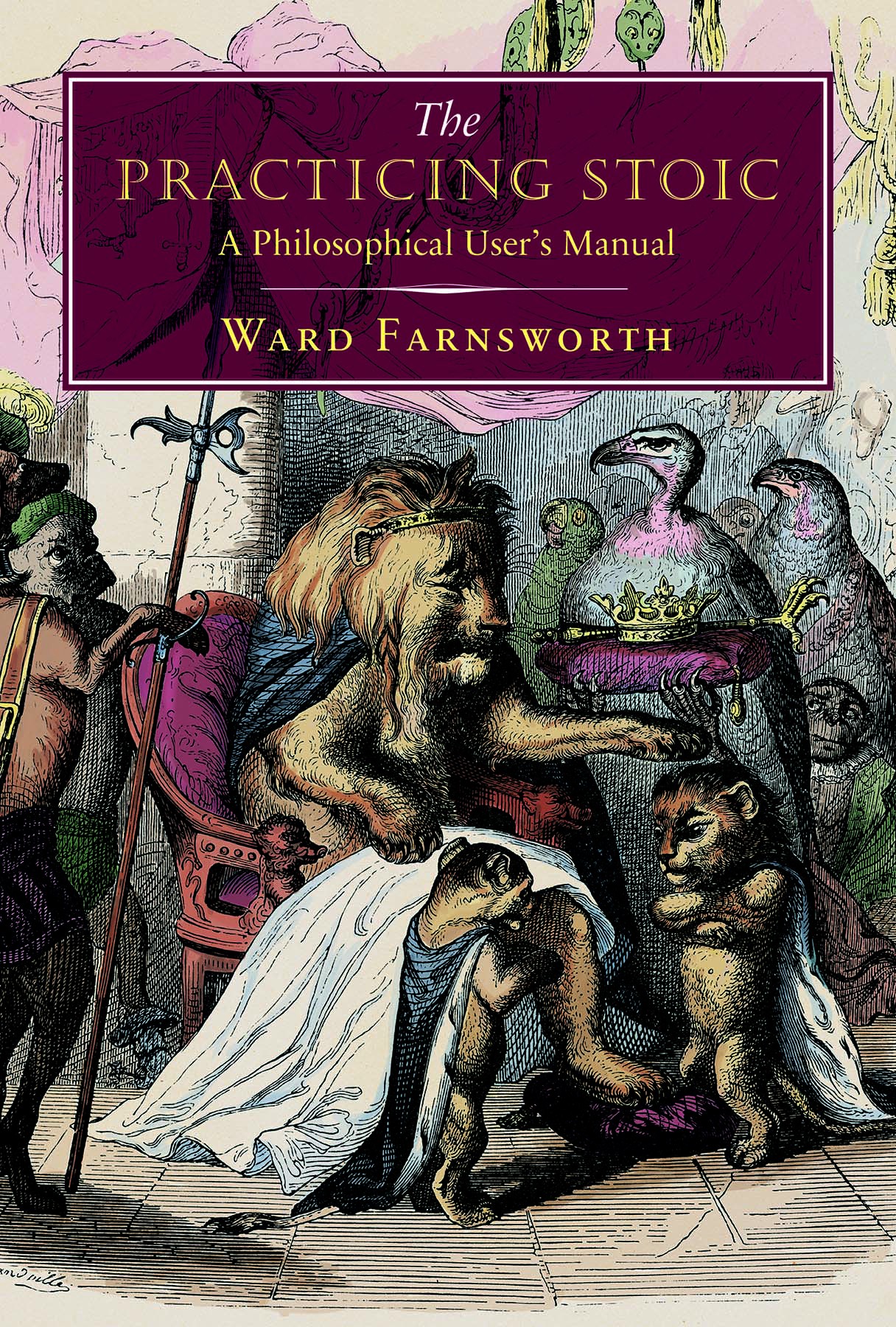
3. The Practicing Stoic: A Philosophical User?s Manual (2018) by Ward Farnsworth
This beautifully written book contains another collection of excerpts from the writings of ancient Stoics, focused on different areas of life, with commentary from the author.
The content consists of quotations from various relevant authors ? from Epictetus and Cicero to Montaigne and Schopenhauer. Some of these were taken from existing translations and some are new. They?re organized thematically in chapters about the topics of judgement, externals, perspective, death, desire, wealth and pleasure, what others think, valuation, emotion, adversity, virtue, and learning.
It concludes with a chapter called Stoicism and its critics which addresses common criticisms and misconceptions of Stoicism, such as the idea that Stoics are cold-hearted, unemotional, or lacking compassion. The Practicing Stoic on Amazon

4. A Guide to the Good Life: The Ancient Art of Stoic Joy (2008) by William B. Irvine
This is perhaps the first major bestselling book on Stoicism in daily life. It?s written in a very readable and accessible style and has many good ideas and interesting personal observations.
Irvine does reject some of the fundamental principles of ancient Stoicism, so it?s not really a guide to the original philosophy. ?The resulting version of Stoicism,? he writes, ?is in various respects unlike the Stoicism one would have been taught to practice in an ancient Stoic school.?
Nevertheless, the book contains advice on psychological techniques derived from, if not identical to, the teachings of ancient Stoicism. These include: negative visualization, the dichotomy of control, Stoic fatalism, self-denial, and meditation. It?s an easy book to read and contains many examples of Stoicism applied to everyday life. A Guide to the Good Life on Amazon
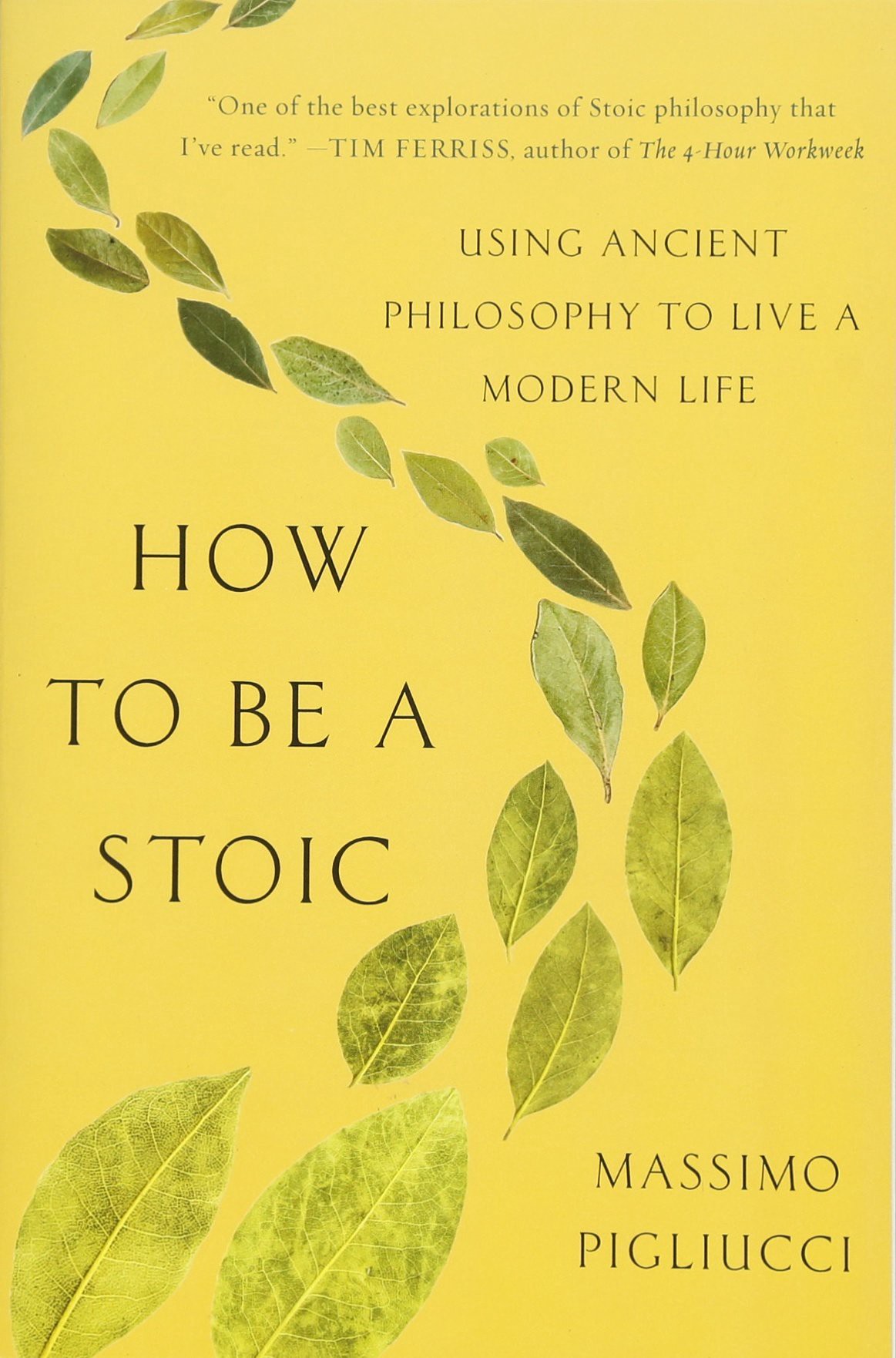
5. How to be a Stoic: Using Ancient Philosophy to Live a Modern Life (2018) by Massimo Pigliucci
This book recounts Pigliucci?s initial introduction to Stoicism and his experiments embracing it as a personal philosophy of life.
Pigliucci takes Epictetus as his guide and his account of applying Stoicism in daily life is structured around the threefold distinction between the Discipline of Desire, Discipline of Action and Discipline of Assent found in The Discourses. It contains down-to-earth anecdotes about Pigliucci?s use of Stoicism to cope with various emotionally challenging situations that he faced.
The book concludes with a chapter describing a dozen Stoic psychological exercises, which will be of considerable practical value to most readers. How to be a Stoic on Amazon
I?d also like to mention Ryan Holiday?s bestselling trilogy of books: The Obstacle is the Way, Ego is the Enemy and Stillness is the Key. These are also excellent modern introductions. The author describes them, though, as books influenced by Stoicism rather than ones about Stoicism. The Daily Stoic is Holiday?s book focused on the philosophy of Stoicism itself.
